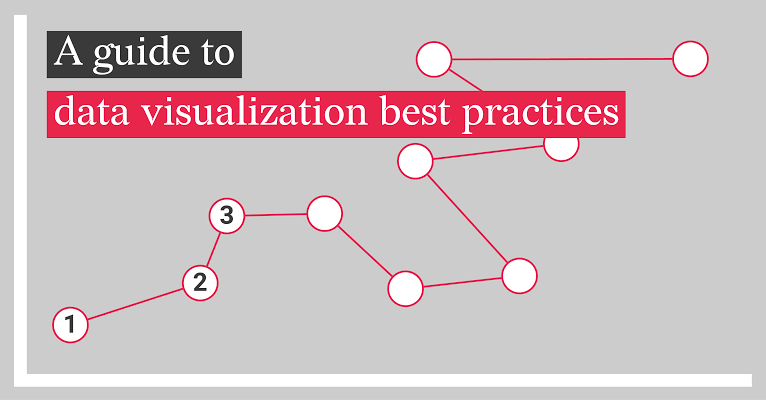In a world full of distractions and too much information, managing your time well is more important than ever. Whether you are a student, worker, or business owner, how you use your time affects your success. By July 2025, tools to help with productivity have improved, but good time management still depends on discipline, planning, and setting priorities. Here are 10 simple time management tips to help you work better and feel good.
Set SMART Goals
One of the first steps toward better time management is setting clear and attainable goals. The SMART framework—Specific, Measurable, Achievable, Relevant, and Time-bound—remains one of the most reliable methods in 2025 for setting actionable goals. Instead of vague intentions like “be more productive,” define what productivity means to you in measurable terms. Whether it’s completing five client proposals a week or studying two chapters per day, SMART goals help you channel your energy toward meaningful progress.
Prioritize with the Eisenhower Matrix
Effective prioritization is essential to avoid being busy without being productive. The Eisenhower Matrix is a classic yet still highly relevant technique. It divides tasks into four categories: urgent and important, important but not urgent, urgent but not important, and neither urgent nor important. In 2025, many productivity apps have incorporated this matrix into their interface, allowing users to digitally organize tasks accordingly. The key is to focus on what’s important rather than being reactive to every seemingly urgent request.
Use Time Blocking
Time blocking involves assigning specific blocks of time in your day to different tasks or categories of tasks. Instead of relying on a to-do list that can quickly spiral out of control, you create a structured schedule that designates when you’ll focus on specific responsibilities. This technique not only helps prevent multitasking but also gives your day a clear roadmap. Platforms like Google Calendar, Notion, and Microsoft Outlook in 2025 allow seamless integration of time blocks with reminders and task syncing across devices.
Apply the Pomodoro Technique
For those who struggle with maintaining focus over long periods, the Pomodoro Technique is a game-changer. It involves working for 25-minute sprints followed by a 5-minute break. After four cycles, you take a longer break of 15–30 minutes. This method leverages the science of attention span and cognitive recovery. As of 2025, apps like Focus Keeper and Pomodone offer customizable Pomodoro timers and integrations with popular task management tools, making it easier to implement and stick to.
Eliminate Time Wasters
Identifying and eliminating distractions is another crucial aspect of time management. In 2025, digital distractions—from social media to streaming services—are more immersive than ever. Tools like app blockers, website restrictions, and distraction-free browsers can help create a focused environment. Additionally, regular audits of how you spend your time can reveal hidden patterns of unproductive behavior. Simple changes like turning off unnecessary notifications or using “do not disturb” modes can reclaim hours of lost productivity.
Leverage Automation and Delegation
Automating repetitive tasks and delegating when possible are two powerful strategies to free up time for more important work. Automation tools in 2025, such as Zapier, IFTTT, and AI-driven scheduling assistants, can handle everything from email sorting to data entry. Meanwhile, learning to delegate tasks—either to coworkers or virtual assistants—can drastically reduce your workload. By focusing on tasks that require your unique expertise, you maximize efficiency and value.
Practice the Two-Minute Rule
Introduced by productivity expert David Allen, the Two-Minute Rule is a simple but effective strategy: if a task takes less than two minutes to complete, do it immediately. This prevents small tasks from accumulating into overwhelming to-do lists. In today’s fast-paced work environment, applying this rule to quick emails, brief follow-ups, or minor administrative duties can help keep your day flowing smoothly and your task list manageable.
Conduct a Daily Review
Spending just 10 to 15 minutes at the end of each day reviewing what you’ve accomplished and planning the next day can significantly boost long-term productivity. A daily review allows you to reflect, adjust priorities, and ensure no task slips through the cracks. Journaling tools and AI planners available in July 2025 offer intelligent prompts to help you evaluate your day, highlight wins, and prepare mentally for tomorrow’s workload.
Say No Strategically
Saying yes to every request or opportunity often leads to burnout and a diluted focus. Learning to say no—or at least, “not right now”—is essential for maintaining control over your schedule. In 2025, professionals are increasingly encouraged to set boundaries through automated email responses, calendar settings, or simply being transparent about availability. Strategic refusal preserves your energy and ensures you’re committed only to activities that align with your goals.
Maintain Work-Life Balance
True productivity isn’t just about doing more—it’s about doing what matters most, sustainably. Maintaining a balance between work and personal life is essential to prevent burnout and retain creativity. In 2025, wellness-centric scheduling is a growing trend, where individuals block time not only for work tasks but also for exercise, family time, hobbies, and rest. Recognizing that rest fuels productivity allows you to approach each day with renewed focus and motivation.
Conclusion
Time management remains one of the most powerful skills for achieving success in any area of life. While new tools and digital systems in 2025 offer more ways than ever to track, organize, and optimize your time, the core principles remain rooted in intentionality and self-awareness. By setting clear goals, prioritizing tasks wisely, creating structure, and respecting your boundaries, you can transform how you work and live. Productivity isn’t about being constantly busy—it’s about being consistently effective.



